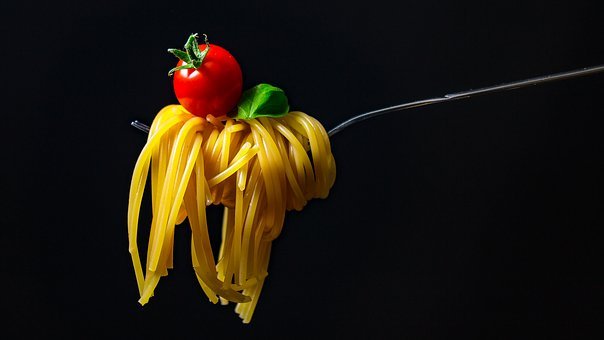Complex carbohydrates are made up of three or more sugar molecules. Cellulose is one type of complex carbohydrate found in fiber, while starch is the second type. You can't digest fiber, but your body makes enzymes, including amylase, to help break starches down into glucose molecules that can be absorbed and used for energy.

source
Starch
Plants use sunlight to make sugar to use for energy. Extra energy is converted to starch for storage. Starch is made up of two components: amylose and amylopectin. Amylose is a linear chain of glucose molecules, ranging from 500 to 20,000 molecules long. Amylopectin is larger than amylose. It contains several thousand glucose molecules that form branches instead of single chains.
Amylase
Your salivary glands produce the enzyme called amylase, along with electrolytes, mucus and fluid. When you chew your food, the salivary amylase mixes with the starches to begin the process of carbohydrate digestion. After you swallow, the food continues into the stomach where it mixes with stomach acid and other digestive juices that break down other nutrients. When the food passes into the small intestine, carbohydrate digestion resumes when the pancreas releases pancreatic amylase into the duodenum.
Hydrolysis
Amylase helps digest starch when it assists in hydrolysis, a process that uses water to break apart specific bonds in the starch molecules. The large starch molecules are broken into much glucose and maltose. Glucose is a single sugar and maltose is a double sugar, or disaccharide. Another enzyme breaks down the maltose into glucose, which can be absorbed into the bloodstream.
Serum Amylase
Small amounts of amylase are present in your blood, but there are certain medical conditions that cause your serum amylase levels to go up. These conditions include pancreatitis, pancreatic cancer, cholecystitis, severe gastroenteritis, salivary gland infection or blockage, intestinal blockage, pancreatic or bile gland blockage, perforated ulcer or tubal pregnancy.